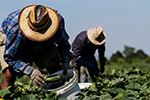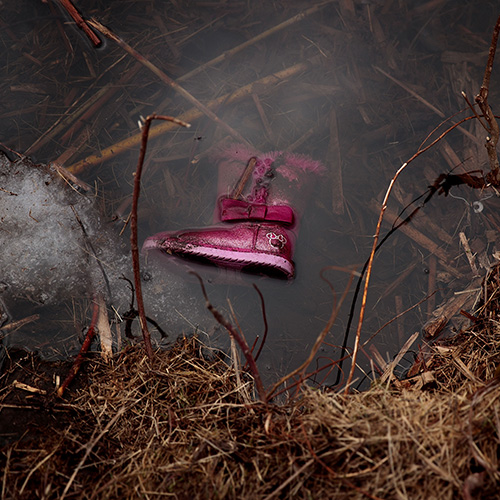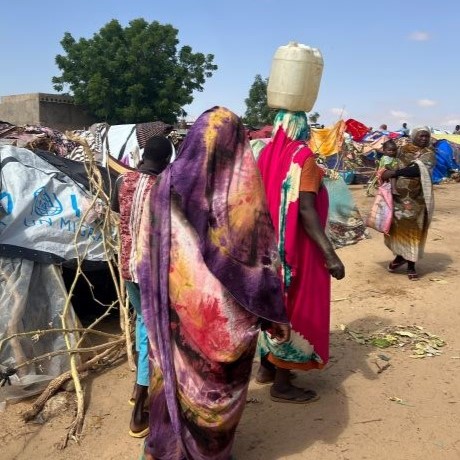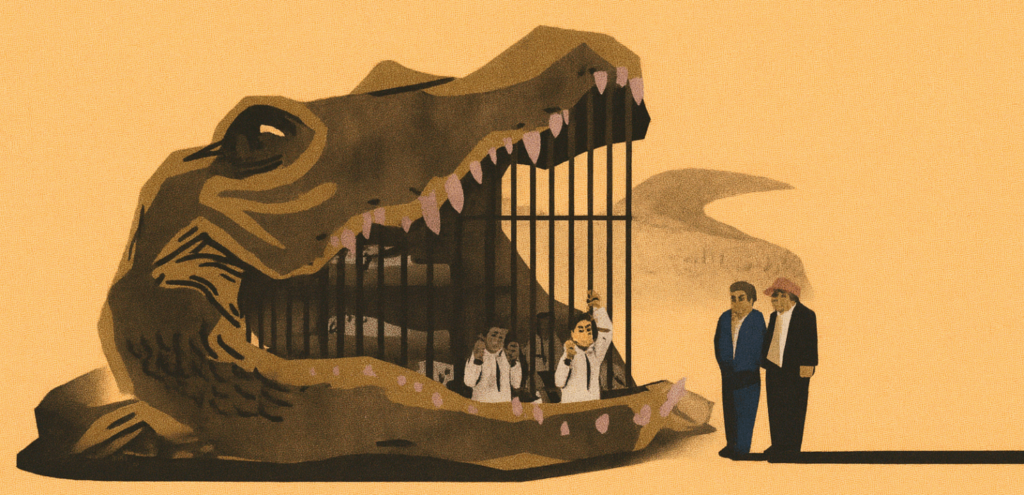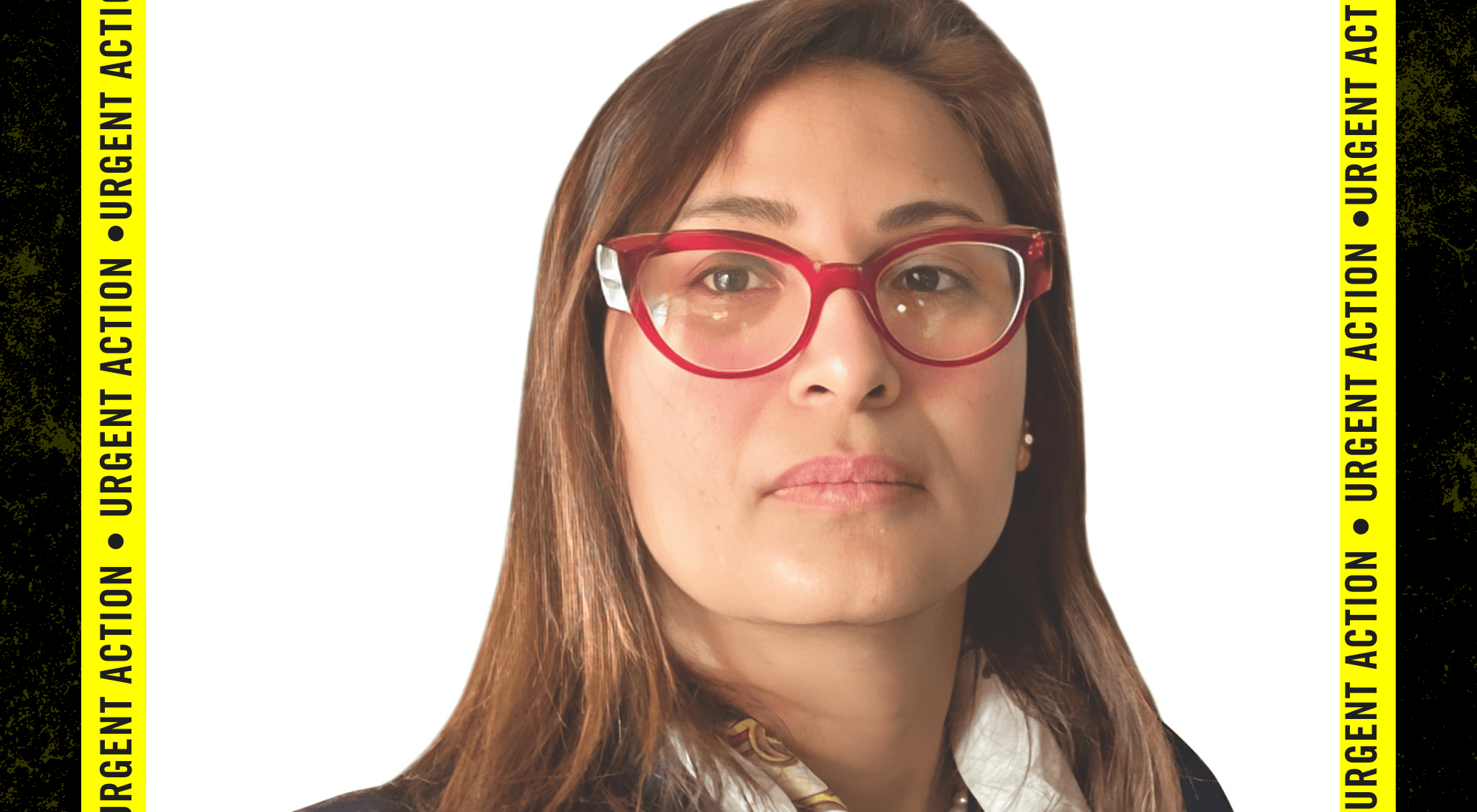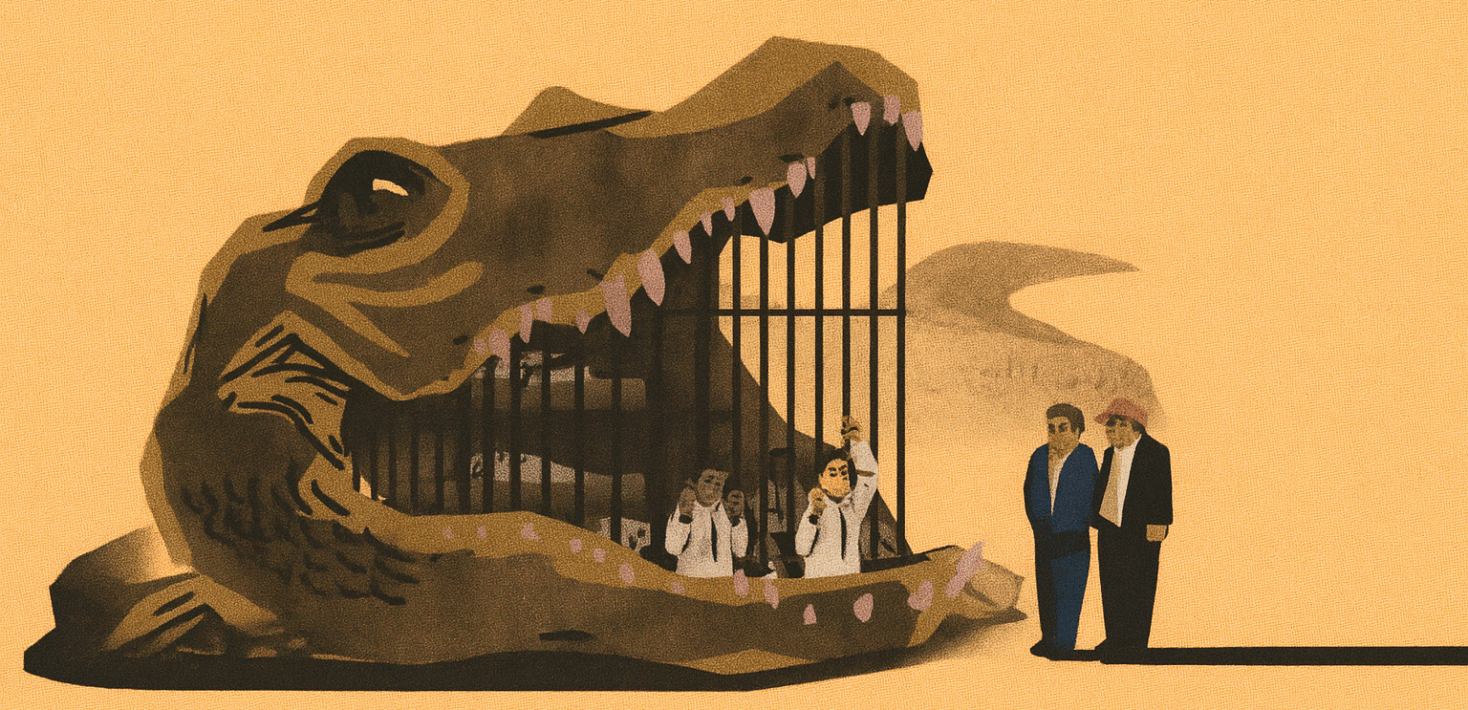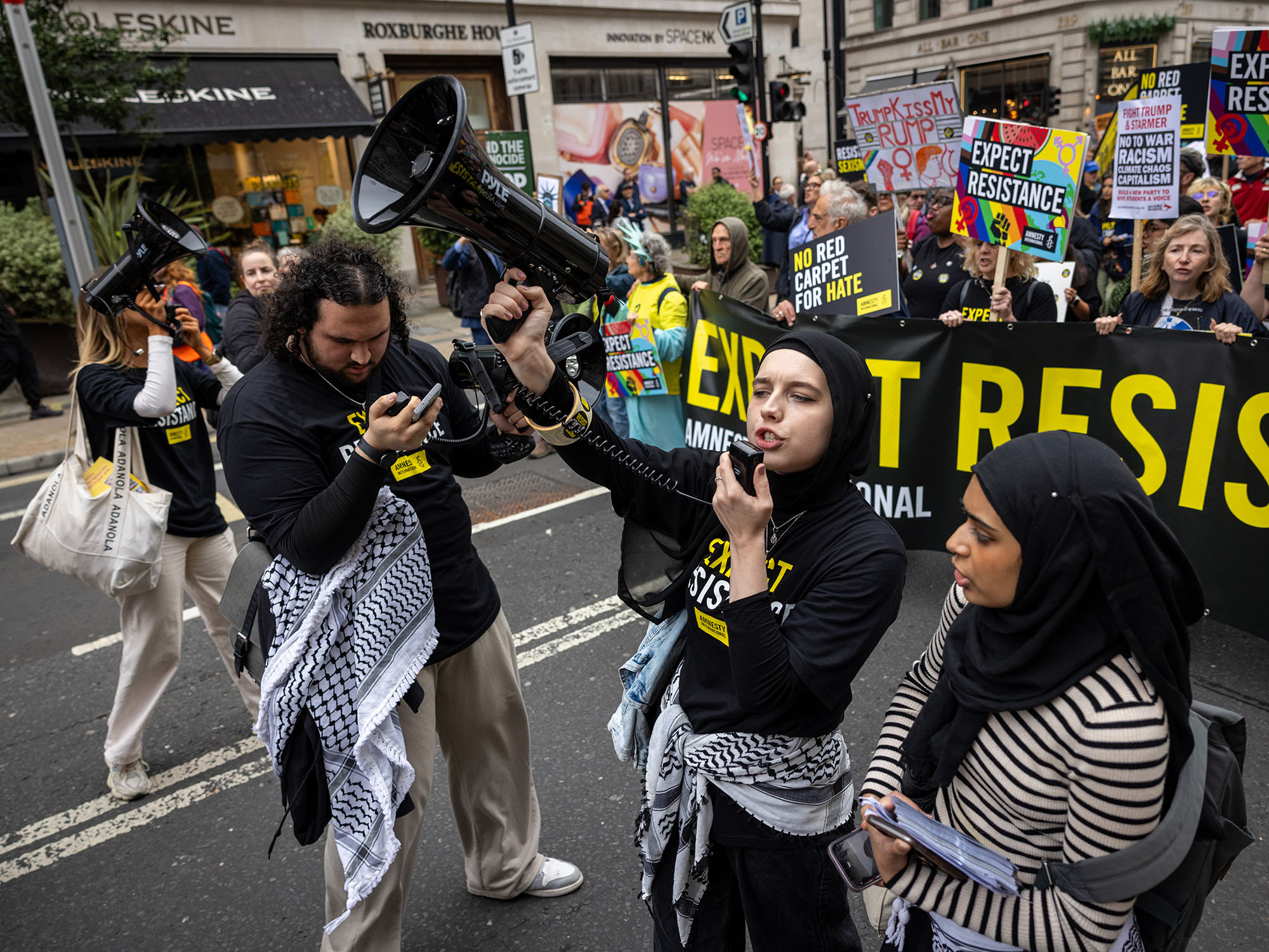With the release of a new report today, the RCMP confirmed that it is no longer attempting to track murders of First Nations, Inuit and Métis women across all jurisdictions in Canada.
,
National data missing
,
,
,
,
In May 2014, the RCMP released a national survey of missing and murdered Indigenous women and girls. Although there were critical gaps in the data, that report marked the first national report of its kind, and included data from the RCMP and other police services across the country.
,
However, the RCMP update report issued today only included new records for cases within its own jurisdiction. The report states that, “The RCMP does not collect and report homicide data for the over 300 non-RCMP police agencies who each gave individual consent to use their data for the 2014 Overview.” This means, for example, that the new update excludes murders of Indigenous women and girls in all of Ontario and Quebec.
,
When it released its 2014 report, the RCMP said it had worked with police services across Canada to establish the Indigenous identity of missing and murdered women. Given the acknowledged importance of comprehensive and accurate reporting to understand and address violence against women, it is nothing less than shocking that the RCMP has not continued to collaborate with other police services to maintain and make public up-to-date records that are truly national.
,
More than family violence
,
Throughout the report, the RCMP repeatedly emphasizes that violence within the family “is a key factor” in violence against all women. This is undoubtedly true, and the importance of effective strategies and adequate resources to address domestic violence cannot be overstated. At the same time, violence within the family is far from the only factor putting the lives of Indigenous women and girls at risk.
,
The 2014 RCMP report found that spouses, family members and other intimates were responsible for 62% of murders of Indigenous women in Canada. As is the case for all other women in Canada, domestic violence may account for the majority of violence. But it doesn’t account for all the violence. Crucially, 38% of Indigenous women and girls who have been murdered were not killed by spouses or family members. Their lives matter too, and ongoing attention and concerted action is needed to prevent murders that occur outside the family environment.
,
The 2014 report found that almost all offenders in these cases were known to their victims. So who are these offenders? It should be noted that the definition of “known” is broad and extends to a broad category called acquaintances, which includes colleagues, neighbours, and authority figures.
,
Missed opportunity to build on 2014 report
,
The RCMP had an opportunity with the report released today to rectify the shortcomings of the 2014 report—many of which the RCMP itself acknowledged. Its failure to strengthen its reporting is disappointing, and many of Amnesty International’s concerns articulated a year ago remain:
,
- ,
- As the report acknowledges, police practices are inconsistent in establishing whether or not the victims of crime are Indigenous. The report acknowledges that the reported numbers of unresolved cases of missing Indigenous women and girls may not be accurate for this reason. Among homicides, the RCMP claims to have successfully resolved the question of Indigenous identity in almost all the cases where this identity was previously recorded as unknown. However, there is still considerable potential that some Indigenous victims have been mistakenly identified as non-Indigenous.
- The RCMP report only includes cases where the investigating police force has concluded that a homicide has occurred. Amnesty’s own research has raised concerns that deaths of Indigenous women and girls are not always fully and properly investigated and that as a result some murders of Indigenous women and girls may have been wrongly classified as accidental deaths.
- The RCMP report does not distinguish among First Nations, Inuit and Metis women and girls or provide any analysis of differences in the levels and nature of violence that they face.
,
,
,
,
And the result of such incomplete reporting? The true extent of the violence faced by Indigenous women and girls remains unknown because of the RCMP’s incomplete dataset, and because of inconsistencies and inaccuracies in police recording of Indigenous identity.
,
Those who live
,
Both the 2014 and 2015 RCMP reports cover missing the murdered Indigenous women in areas under RCMP jurisdiction. While Indigenous women and girls go missing and are murdered at far higher rates than other women and girls in Canada, they also experience other forms of violence at disproportionate levels. Indigenous women and girls are three times more likely to experience violence than other women and girls in Canada. Attention needs to be paid not only to those who have gone missing or been murdered, but to the living, who continue to experience violence.
,
Read further
,
- ,
- Amnesty’s response to the 2014 RCMP report on missing and murdered Indigenous women and girls
- Legal Strategy Coalition on Violence Against Indigenous Women analysis of 2014 RCMP report
,
,
,
Take action
,
Please sign our online petition. And if you’ve already signed, please help spread the word through email, Facebook, and Twitter. For more information visit www.amnesty.ca/stolensisters. #NoMoreStolenSisters
,
,











